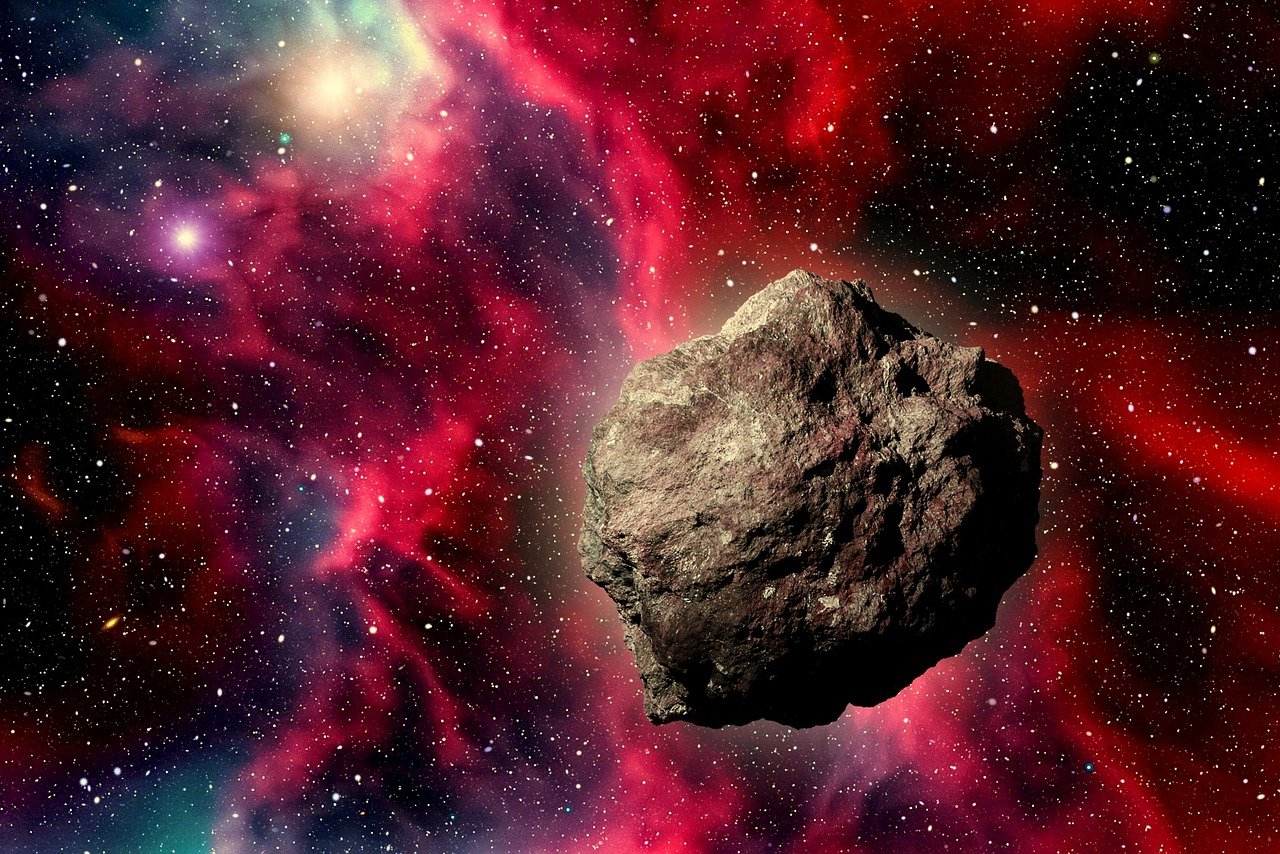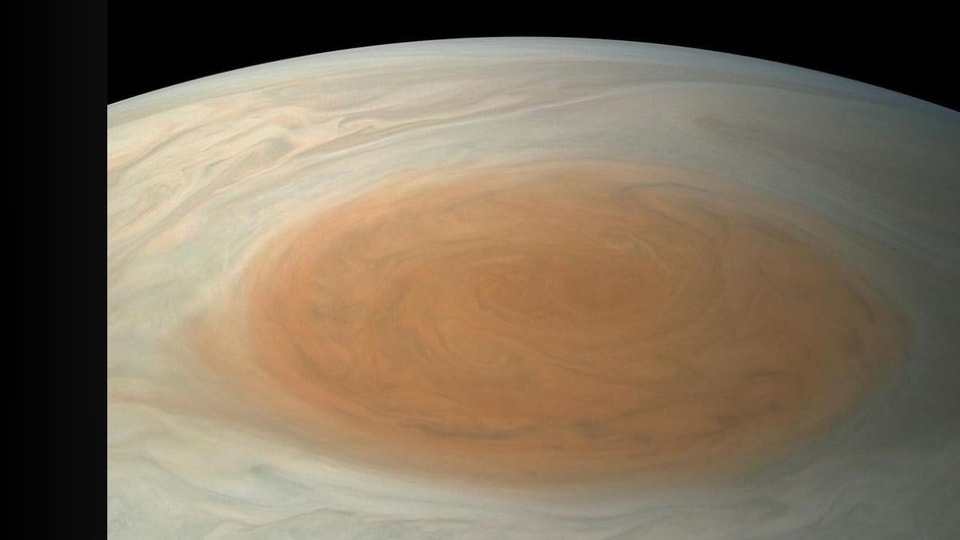NASA's Juno spacecraft unveils breathtaking image of Jupiter's Great Red Spot
NASA's Juno spacecraft unveils a stunning image of Jupiter's Great Red Spot, a storm twice the size of Earth, providing insights into its evolving nature.






 View all Images
View all ImagesTransporting us to the outer reaches of our solar system, NASA's Juno spacecraft recently treated space enthusiasts to a captivating snapshot of Jupiter's iconic Great Red Spot. This immense storm, a celestial marvel twice the size of Earth, has graced the gas giant for over three and a half centuries.
Taking to Instagram, NASA shared the mesmerising true-colour portrait of the Great Red Spot, captured by Juno from a remarkable distance of around 8,648 miles (13,917 km). Highlighting the evolving nature of this colossal storm, NASA informed followers that it's undergoing changes, with its height diminishing by an eighth and its width by at least a third.
"Juno's recent findings suggest that the Great Red Spot, a storm entrenched in Jupiter's atmosphere for over 350 years, is experiencing a gradual reduction in size. Since the Voyager spacecraft measured it in 1979, the storm's height has diminished by an eighth, and its width has shrunk by at least a third," stated NASA in their Instagram post.
Emphasising the sheer scale of this celestial phenomenon, NASA shared, "Despite these changes, the Great Red Spot remains a colossal entity, towering twice the size of Earth. Recent studies by Juno reveal that the storm plunges approximately 200 miles (300 km) beneath Jupiter's cloud cover. With no solid ground on the gas giant to temper storms, winds within the Great Red Spot reach staggering speeds of about 400 mph (643 kph)."
Also read: NASA's James Webb Space Telescope snaps NGC 604, unlocks some star formation mysteries
The Stunning Juno Portrait
The shared image depicts the Great Red Spot at the centre, surrounded by swirling wisps of red, tan, and orange hues. The upper portion of the image captures Jupiter's horizon, painted in a striking palette of beige, brown, and blue.
Shared on Instagram just a few hours ago, the image has already amassed over two lakh likes, with numbers continuing to climb. Enthusiastic followers flooded the comments section to express their awe and wonder at the cosmic spectacle.
One user marvelled, "Jupiter's Great Red Spot is a centuries-old storm bigger than Earth!" Another remarked, "It's crazy how technology is so advanced, allowing us to explore the coolest planets beyond Earth."
Amidst the comments, a fourth observer simply expressed, "Beautiful," while a fifth couldn't resist labelling the image as "Irresistible." The fascination with the cosmic spectacle continues to captivate audiences around the world.
Catch all the Latest Tech News, Mobile News, Laptop News, Gaming news, Wearables News , How To News, also keep up with us on Whatsapp channel,Twitter, Facebook, Google News, and Instagram. For our latest videos, subscribe to our YouTube channel.































